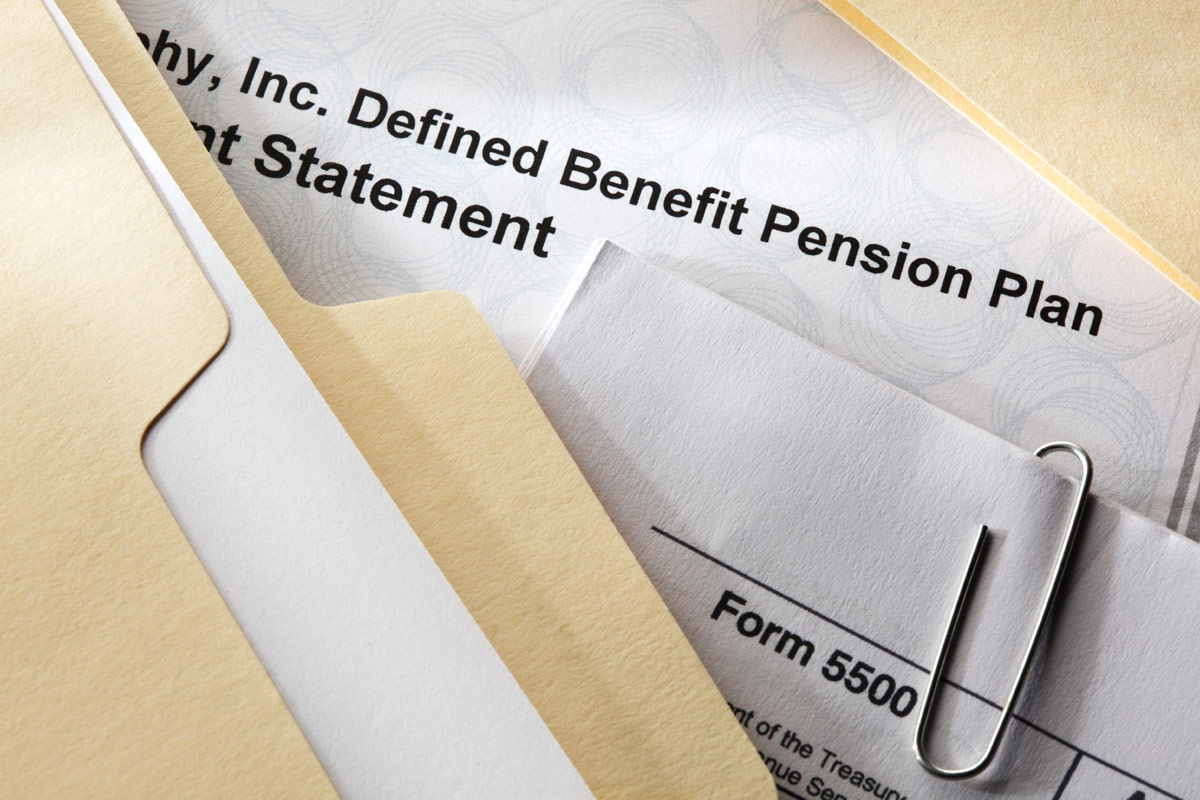
A big payout leads to a big question. If you are taking a lump sum pension payout from your former employer, what is the next step for that money? It will be integral to your retirement; how can you make it work harder for you?
Rolling it over might be the right thing to do. If you do not have substantial retirement savings, that lump sum may be just what you need. The key is to plan to keep it growing. That money shouldn’t just sit there.
Even tame inflation whittles away at the value of money over time. Most corporate pension payments are not inflation-indexed, so those monthly payments eventually purchase less and less. Lump sums are just as susceptible: if you receive $100,000 today, that $100,000 will buy 33% less in 20 years even with only 2% inflation.
Putting it in the bank might cause you some financial pain. If you simply take your lump sum payout and deposit it, it will be considered taxable income by the IRS. (There are very few exceptions to that rule.) All that income may send you into a higher tax bracket.
Moreover, you will not get the whole amount that way: per IRS regulations, your employer must withhold 20% of it. In addition, if you receive the lump sum before age 59½, there could be a 10% early withdrawal penalty per federal tax law as the federal government wants to encourage you to keep your retirement money in your retirement account until your sixties. In most cases, you need to leave your job (i.e., retire) before you can roll money out of a pension plan.
Want to postpone paying taxes on those assets? By arranging a rollover of your lump sum distribution to a traditional or Roth IRA, you may defer tax on those dollars. You can even defer tax on a distribution already paid to you if you roll over the taxable amount to an IRA within 60 days after receipt of the payout (and weekends and holidays are included in those 60 days).
In fact, through a direct rollover (also called a trustee-to-trustee transfer), you can avoid the 20% withholding and the larger tax bill that comes from receiving all that money. The funds can be transferred to an IRA this way, giving you many potential investment options and the ability to continue keeping those assets in a tax-deferred qualified retirement account.
If you are considering taking a lump sum payout, make sure you position that money for additional tax-deferred growth. Talk to a financial professional who can help you with the paperwork and get your IRA rollover going.

About the Retirement Financial Advisor
Robert Pagliarini, PhD, CFP® is passionate about helping retirees build the retirement of their dreams. He has nearly three decades of experience as a retirement financial advisor and holds a Ph.D. in retirement planning. In addition, he is a CFP® Ambassador, one of only 50 in the country, and a fiduciary. His focus is on how to help make retirement portfolios last decades while providing a steady source of income. When he's not helping people plan their retirement, he might be traveling or writing his latest book. If you would like a second opinion to see if your retirement financial plan will keep you comfortable and secure, contact Robert today.



